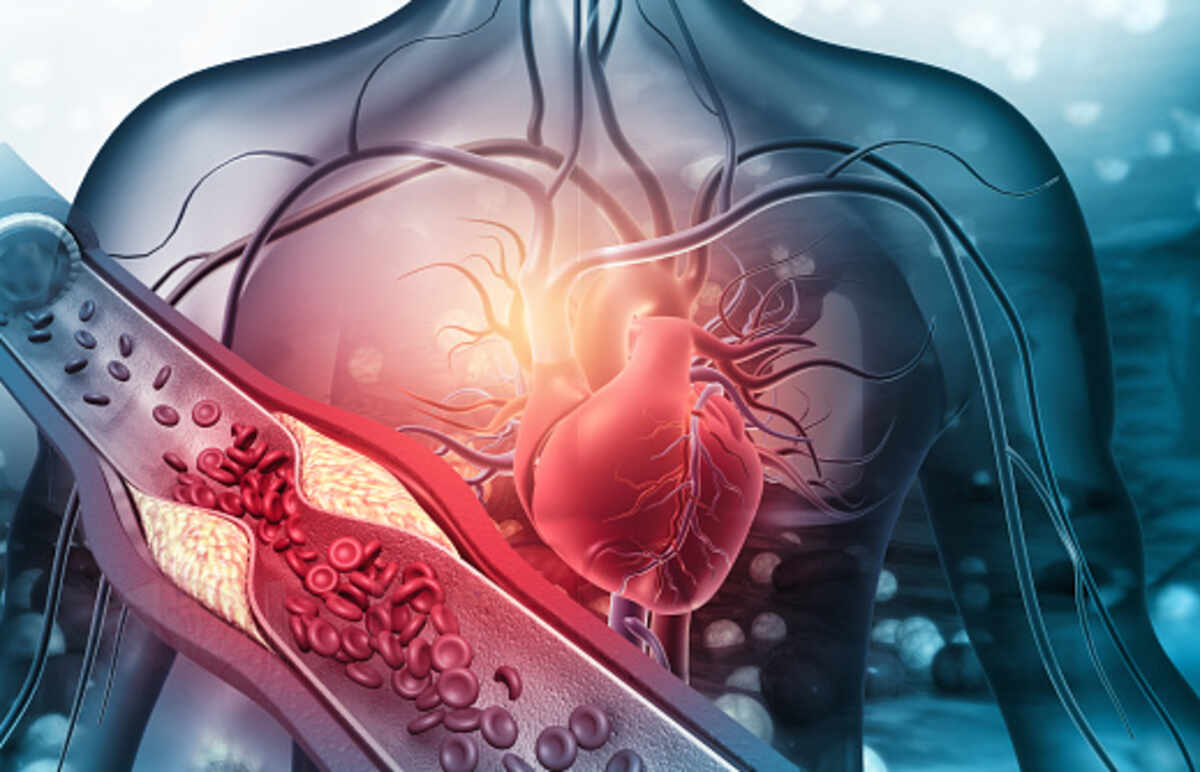Signs of atherosclerosis
Atherosclerosis is a condition that results from plaque buildup in arteries. It is one of the leading causes of coronary artery disease, such as heart attacks. A common symptom of a blocked artery is chest pain or angina. This pain is most common when the person is exerting themselves physically. It usually goes away once the person calms down.
Although atherosclerosis can be asymptomatic in the early stages, it can be highly treatable if diagnosed early. Early detection can reduce the chance of heart attacks and other life-threatening complications. Patients with atherosclerosis should seek medical attention if they notice any of the symptoms mentioned above.
While symptoms can vary from one person to another, you should see a doctor as soon as you notice any of these symptoms. A medical professional will be able to perform an angiography test and make the diagnosis. A doctor will also recommend treatment for the condition, which usually involves changing how you live and getting more physical activity.
Treatments for atherosclerosis
Atherosclerosis is a condition in which fat-containing deposits form in the arteries. These deposits block the flow of oxygen-rich blood and narrow the arteries. It can be severe, mainly when it affects arteries in the heart, known as coronary artery disease. Treatment for atherosclerosis generally starts with lifestyle changes to slow its progression. However, medical procedures may be required if the condition is worse than the first stage.
Medical specialists may use angiography or other imaging tests to determine the extent of the disease. This procedure involves inserting a dye into the artery and monitoring its progress on a special X-ray. Other tests may include an echocardiogram or a stress test. If angiography indicates a narrowing in the artery, surgery may be necessary. In addition, medications can improve blood flow and reduce blood clots.
To help determine the proper treatment for atherosclerosis, patients should work closely with their doctors to manage their condition. They should take prescribed medicines and schedule regular check-ups. If they have new symptoms, they should inform their doctors immediately. Additionally, they should consult a professional health counselor to discuss options for treatment.
Causes of atherosclerosis
Atherosclerosis is the leading cause of heart disease. It is caused by the buildup of fatty material inside the arterial walls. While there is no cure for atherosclerosis, several things can reduce your risk. One of these is to reduce your risk of obesity, as obesity raises the risk for atherosclerosis.
People at risk for atherosclerosis should consult their healthcare team to determine their risk factors. A proper risk assessment will help them develop a plan to reduce risk and monitor their health. This early intervention can prevent atherosclerosis symptoms. In more severe cases, patients may require a medical procedure known as coronary angioplasty to open the blocked arteries. This procedure may include placing a small mesh tube into the artery to keep it open.
Atherosclerosis is a slow-progressing disease of the arteries. It may develop in any artery in the body. However, the arteries in the heart are particularly vulnerable, and different diseases can develop depending on which arteries are affected. A coronary heart disease is a form of atherosclerosis in which plaque builds up inside the coronary arteries, which provide oxygen-rich blood to the heart. This buildup causes the arteries to narrow, increasing the risk of blood clots. These blood clots can partially or completely block blood flow, causing symptoms such as chest pain or heart attack.
Stages of atherosclerosis
Atherosclerosis can occur in several stages. During the early stages, the lesion is soft and composed mainly of foam cells, extracellular fat deposits, and a few platelets. Later, it becomes hard and begins to obstruct blood flow. Eventually, the lesion will become necrotic.
The progression of the disease depends on the location and size of the affected vessels. The type of plaque also influences it. Stable plaque can cause angina pectoris, directly affecting the tiny coronary arteries. Vulnerable plaque, on the other hand, can cause acute thrombosis and can lead to myocardial infarction. Early-stage patients generally do not have any symptoms.
In the early stages, the vessel diameter has not decreased significantly, and symptoms will not occur until it is 70 to 80 percent smaller. Then, the blood flow is reduced, which results in angina pectoris. As the vessel becomes blocked, it cannot accommodate extra blood during rest. As a result, it does not receive the oxygen it needs.

